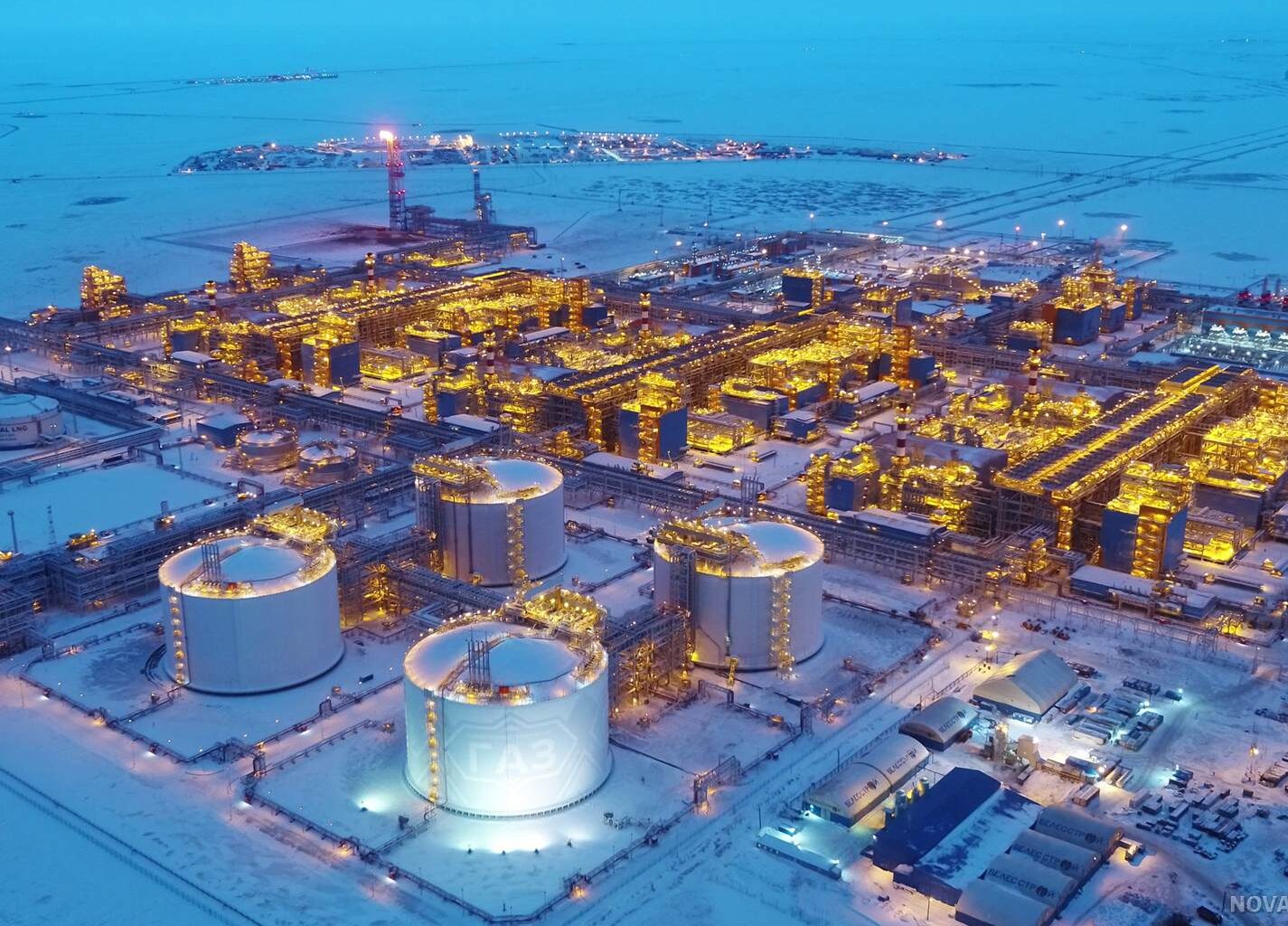Russia’s large-scale fossil fuel onshore and offshore extraction projects in the Arctic, along with the rapid militarization of the region, have implications not only for the war against Ukraine, which is mostly funded from the Kremlin’s fossil fuel revenues.
They also have far-reaching destructive effects on the climate and biodiversity and pose a global threat. Achieving the goals of the Paris Agreement is impossible without a complete halt to these projects.
Russia controls about half of the Arctic’s shoreline and a dominant share of its oil and gas reserves in the region.
Over the past decade, despite mounting international sanctions after the annexation of Crimea, occupation of parts of eastern Ukraine, and the further invasion of Ukraine in February 2022, the Kremlin succeeded in pursuing its dirty economic expansion in the Arctic and implementing major oil and gas projects, essentially setting fuse to carbon bombs.
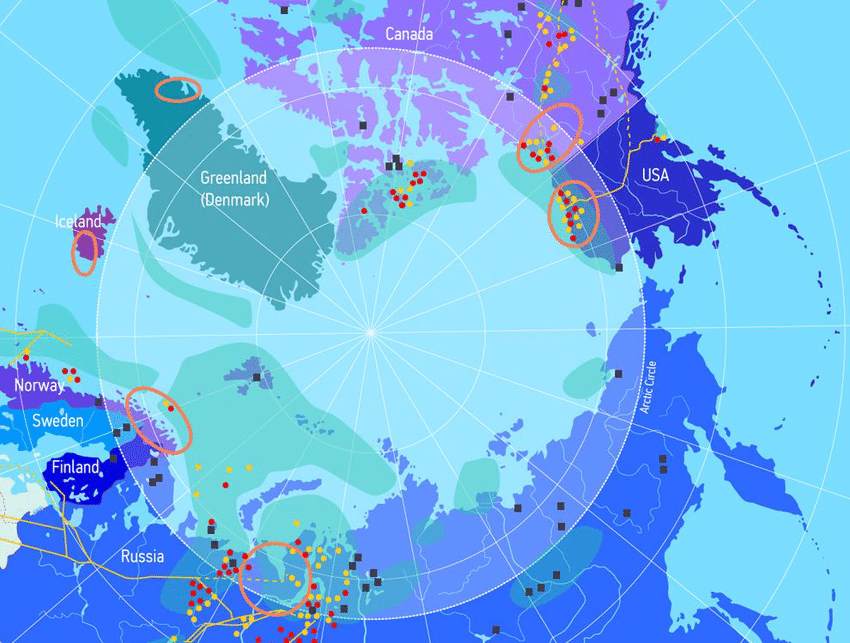
According to the US Geological Survey, the Arctic Ocean contains 90 billion barrels of oil and more than 1.669 trillion cubic meters of natural gas. It is also estimated that 22% of all the world’s undiscovered oil reserves are in the Arctic.
Yet, oil and gas companies worldwide already hold three times more fossil fuel reserves (discovered and proven) than can be burned without breaking the 1.5°C Paris climate target.
Russia’s proven reserves in the Arctic alone exceed the remaining carbon budget.
Dangerously enough for doomsday concerns, Putin’s appetite for oil and gas appears to have no limits. The Kremlin hoped to launch a major expansion of offshore oil and gas projects in the Arctic in collaboration with oil majors. Everyone except France’s TotalEnergies has stepped back from such joint ventures after a full-scale invasion of Ukraine.
But Putin still has an eye on these “climate doomsday” reserves and wants to squeeze them out, now hoping for strategic collaboration with China.
Northern Sea Route – a highway for Arctic pillage
According to Russia’s official plan, signed by Putin in August 2022, the original target amount of cargo to be transported along the Northern Sea Route (NSR) was projected at an astounding 225 million tons.
This plan included an expected annual output of up to 100 million tons of oil from the Vostok Oil megaproject at Taymyr peninsula, currently under development by Rosneft, a Russian state-owned oil company headed by Putin’s closest ally, Igor Sechin.
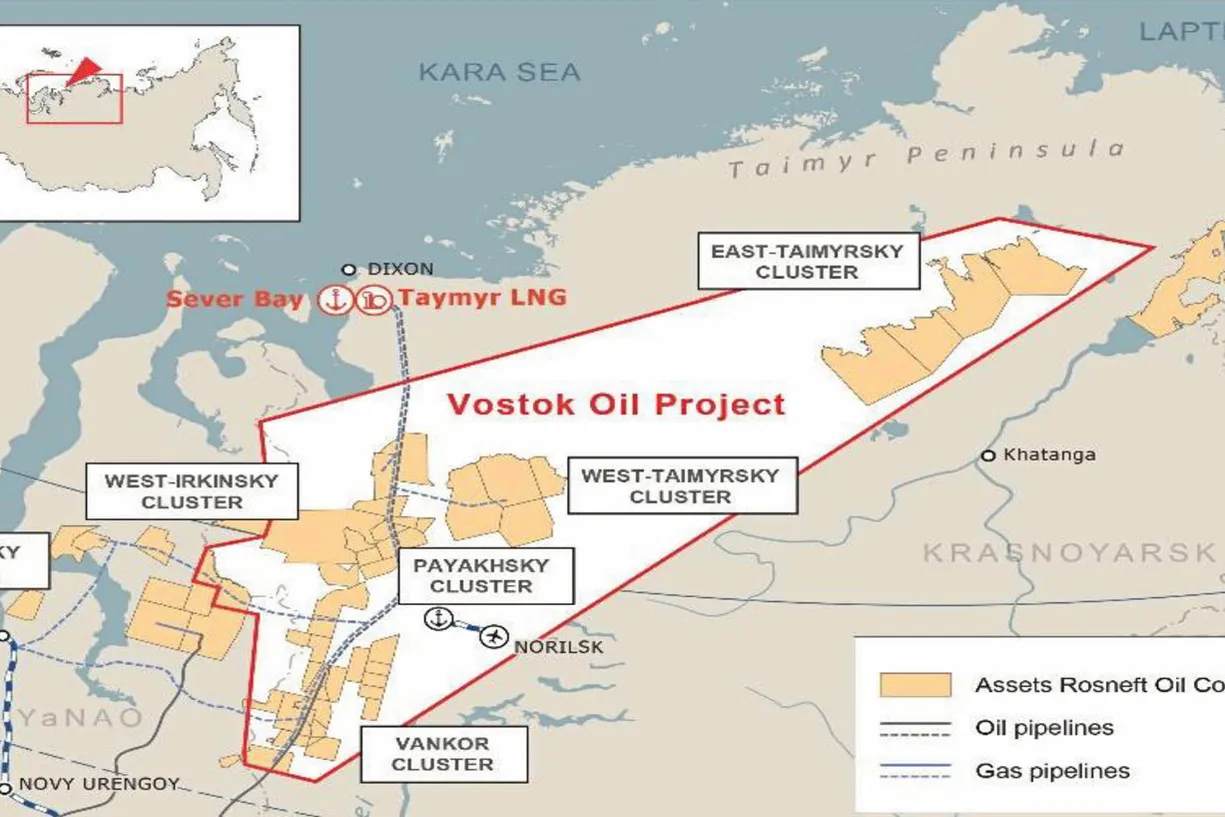
Vostok Oil is the largest oil project ever implemented in Russia and is one of the largest carbon bombs in the Kremlin’s arsenal. It envisions the construction of a major oil export terminal connected with multiple pipelines to 13 new oil fields, with total reserves of 6.5 gigatons of oil.
Syradasay coal deposit developed by Northern Star LLC at Taymyr is another anticipated source of profits for the Kremlin. Having proven reserves of 7 gigatons billion tons of hard coal, it also poses a source of peril for the climate and the world’s most vulnerable populations.
If implemented, the Syradasay coal project would deal a fatal blow to local ecosystems and result in massive emissions of coal dust and methane in the Arctic. Like Vostok Oil, it is also one of the most destructive carbon bombs in Russia’s arsenal.
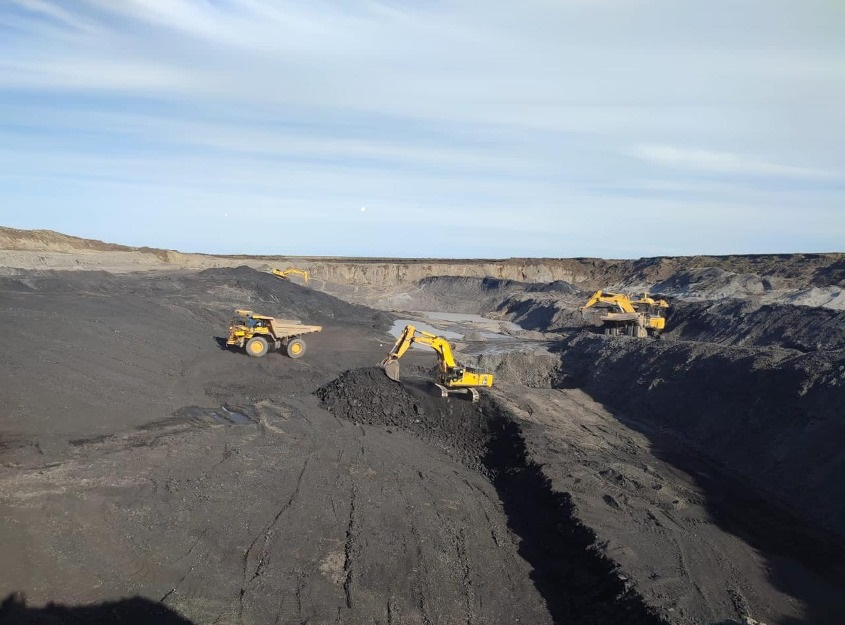
Liquefied natural gas exports from new terminals were also included in the calculation. Major projects include Arctic LNG 2 and Yamal LNG, and others developed by Novatek – the largest private producer of natural gas in Russia, second only to state-owned Gazprom.
Novatek was included in the sanctions lists of the USA and Canada in July 2014 in response to Russian aggression following the annexation of Crimea and occupation of parts of eastern Ukraine. Novatek is owned by two oligarchs close to Putin’s inner circle – Leonid Mikhelson and Gennady Tymchenko.
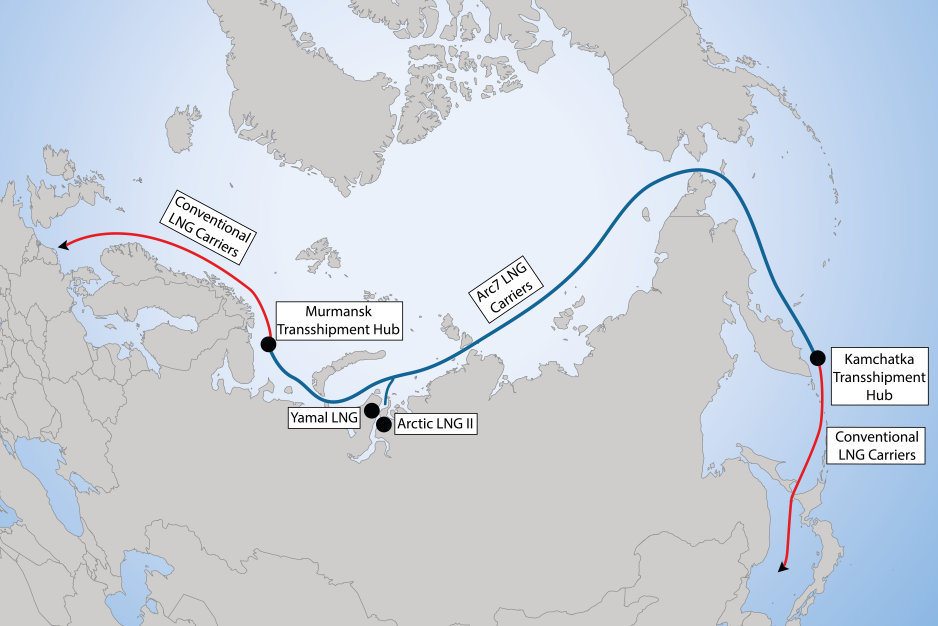
Unholy alliance: gas and nuclear
Novatek is closely cooperating with Rosatom, Russia’s state nuclear corporation, and its subsidiary Atomflot, which owns and operates nuclear-powered icebreakers that provide services to support commercial shipping along the Northern Sea route. Their collaboration with Atomflot tightened in recent years as Novatek provided shipyards to build new nuclear icebreakers at its major shipbuilding facility in Belokamenka.

Rosatom is also formally the administrator of the Northern Sea Route and is responsible for permitting and organizing navigation. In its new forecast for volumes of shipments through the NSR, published on 17 September, Rosatom downsized the projections to 117 million tons by 2031.
Yet this still means tripling from current volumes.
According to Russian shipping industry analysts, the cargo flow along the NSR amounted to 23.6 million tons in the first eight months of 2024, 0.6 million tons (2.6%) more than for the same period in 2023. The main increase was in LNG export deliveries, which exceeded last year’s figures by 1.3 million tons.
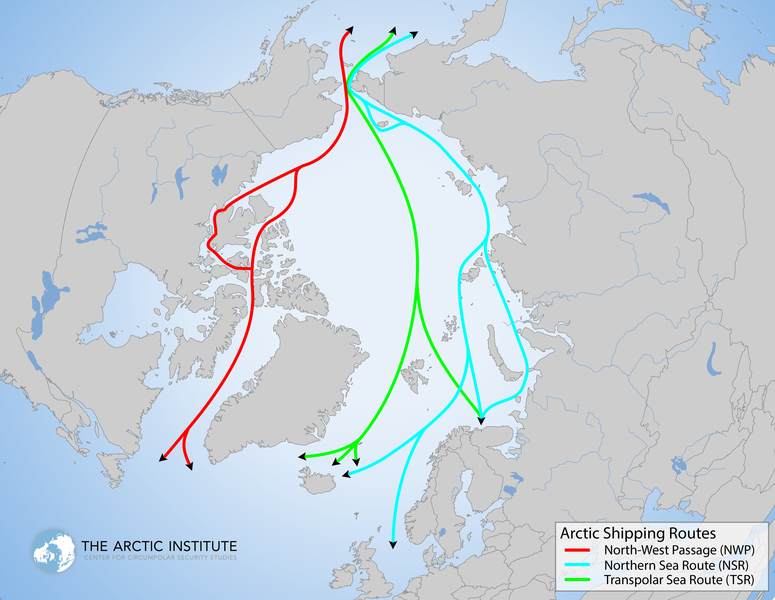
Growing dirty trade with China: oil, LNG, coal and iron ore
Putin’s insatiable appetite for pillaging Arctic resources proves strong and persistent despite international sanctions. In fact, despite some initial setbacks, this appetite won’t fade as Russia incrementally becomes China’s new resource base.
The independent analysis of shipping traffic along NSR, detailed in the recent report by Norway’s Center for High North Logistics, highlights that the Russia-China connection for Arctic development and shipping continues to dominate, with 98% of the cargo in NSR flowing between ports of the two countries. The report also suggests that 2024 transit traffic in the Russian Arctic will surpass last year’s record of 2.1 million tons.
During their meeting in Beijing in May this year, Putin and Xi Jinping vowed to “promote the Arctic route as an important international transport corridor” and encouraged both Russian and Chinese companies to “strengthen co-operation in increasing Arctic route traffic volume and building Arctic route logistics infrastructure.”
How the Russo-Chinese oil and gas pillaging drives the militarization of the Arctic
Over the past decade, Russia has invested heavily in ports, infrastructure, and ships to develop and protect the Northern Sea Route, rehabilitated and built military airfields along the coast, and upgraded the Northern Fleet to its fifth military district. Russia also has more land bases in the Arctic Circle than NATO.
The resource base for the militarization of the region by Russia, namely the extraction of oil and gas, is closely related to the deployment of weapons of mass destruction. This should concern leaders of the free world who have so far not done enough to contain the Russian expansion in the Arctic.
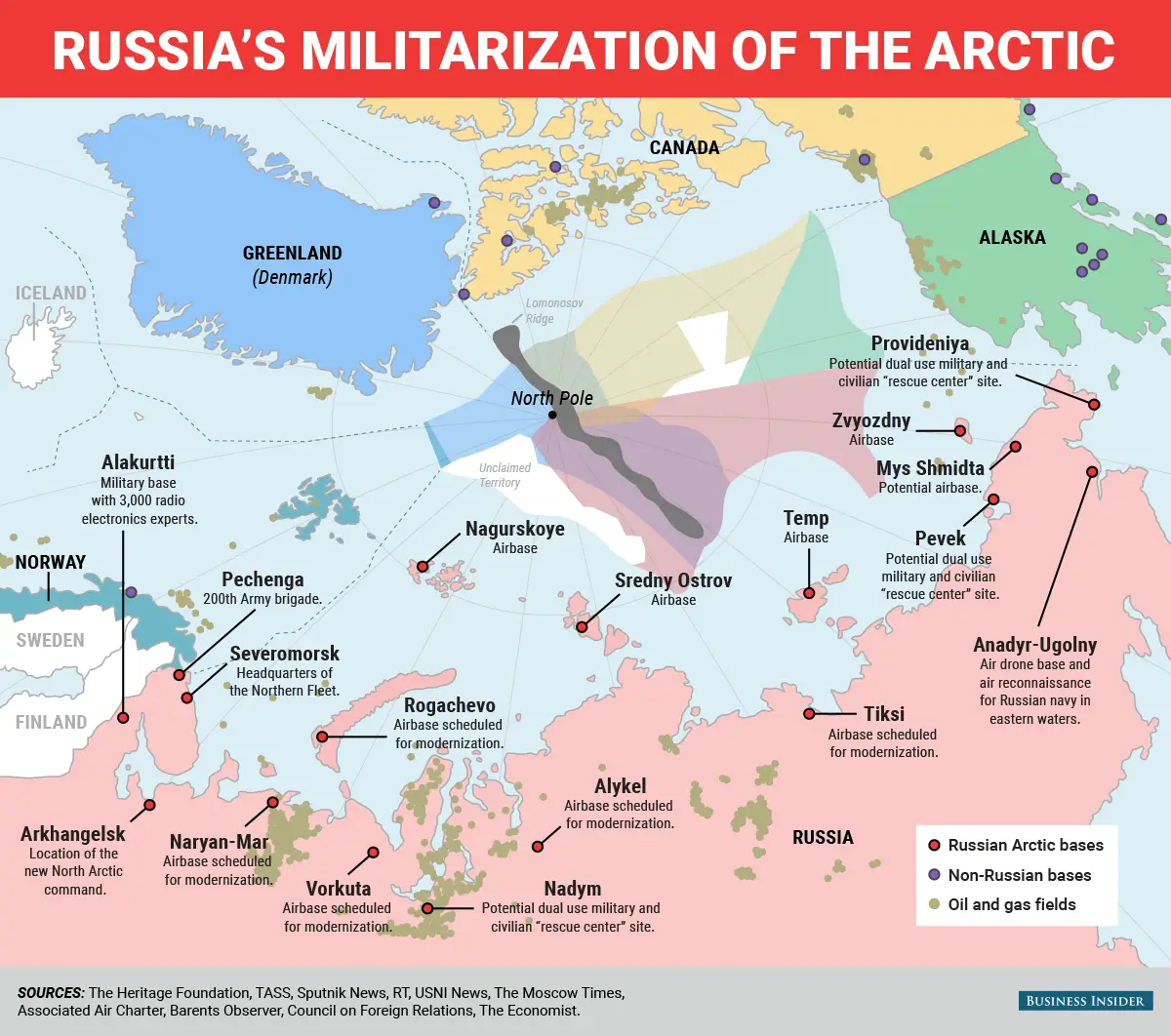
China now sees major economic and geopolitical gains to be made in the Arctic, as Russia turns to Asia to make up for the loss of Western markets for its fossil fuels. Chinese firms are getting increasingly involved in developing Russia’s Arctic coast, port construction, oil and gas projects and the building of tankers and cargo ships to sail pillaged Arctic resources eastward.
Luckily, so far, the eastern part of the Northern Sea Route (east of the Gulf of Ob) has more difficult ice conditions and, for most of the year, except a few summer months, requires constant nuclear icebreakers to support commercial navigation. This slows down the trade between China and Russia, but as ice increasingly melts with global warming, the commercial viability of deliveries is set to increase if there are no other limiting factors in place.
As of today, regular full-year transportation along the NSR is only possible in the western part of the Arctic Ocean.
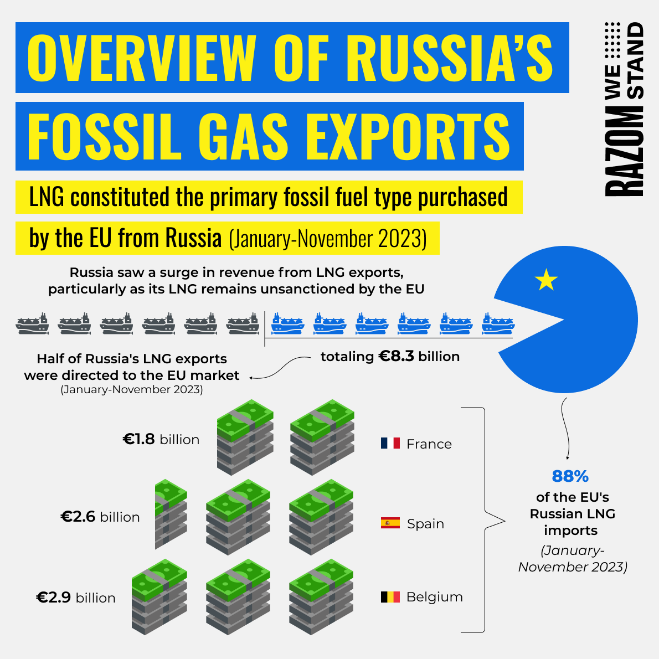
In parallel with large economic projects along NSR, Russia is expanding its military presence in the Arctic and deploying new weapons there, including nuclear-capable Zircon hypersonic missiles and Poseidon guided torpedoes.
It’s also no coincidence that Novatek’s facilities too often have Russian military bases as neighbors. Novatek’s Belokamyanka yard and its LNG terminals in the Gulf of Ob sit just next to the bases of Russian nuclear submarines.
Survival logic for the West: stop Putin’s Arctic dreams before they turn into a nightmare
For a long time, there were more than enough good reasons for curtailing Russian fossil fuel production in the Arctic:
- local threats to vulnerable ecosystems
- high specific methane emissions and other long-range pollution
- higher specific production costs
- vulnerability of infrastructure to the effects of climate change in the Arctic.
Russian pipelines and other infrastructure will be incrementally prone to failures and breakdowns due to the melting of permafrost – more than 70% of Arctic infrastructure and 45% of oil fields are built on permafrost.
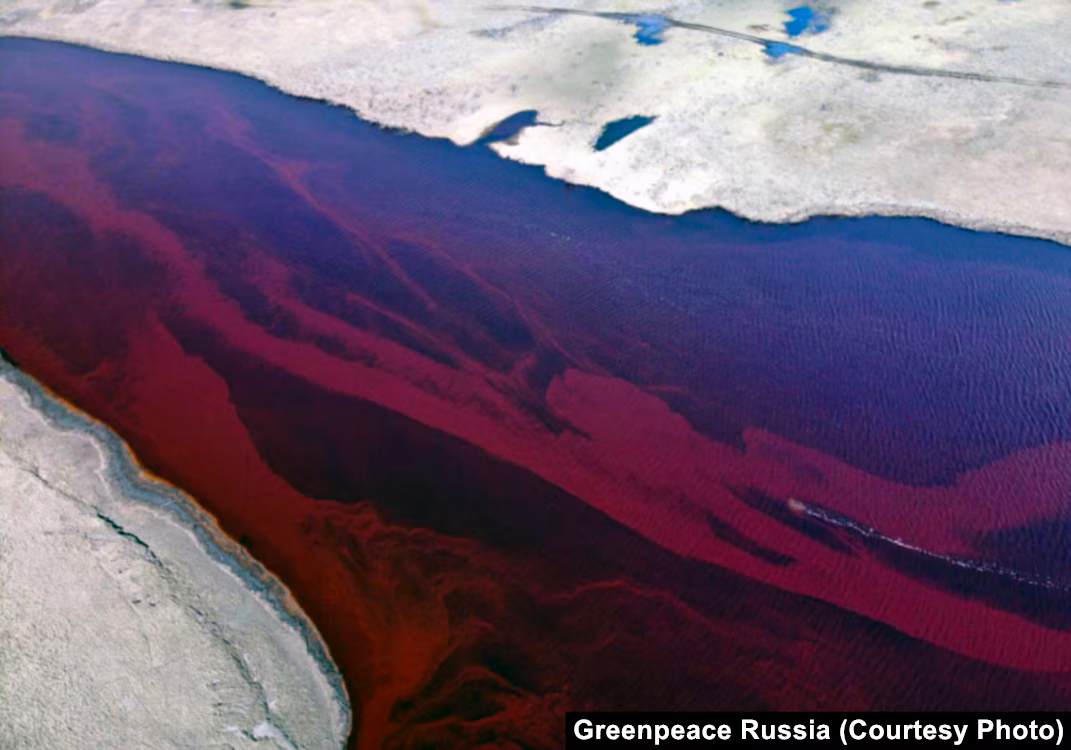
At some point, it will start to fall apart. Global energy markets and the world economy at large, which already suffered directly from the shockwaves of the Russian invasion in Ukraine, can dodge many new hits if wise policy is applied.
Maintaining oil and gas production in the Russian Arctic makes little sense for the global economy, especially considering that global demand for fossil fuels is expected to drop sharply after 2030 as the use of renewable energy sources increases, together with the wider adoption of electric vehicles, heat pumps, and other clean technologies.
To make space for booming clean energy, a phase-out of Russian fossil fuels is an obvious course for action. This can begin with coordinated international sanctions applied to Rosneft’s Vostok oil, Novatek’s LNG terminals, and other Russian fossil fuel projects in the Arctic.
It is crystal clear that the current level of production in Russia does not meet the goals of the Paris Agreement: by 2050, the expected volumes of carbon emissions from already developed and mined reserves will exceed by 200-300% the targets agreed in Paris to limit global warming within 1.5-2.0°.
To achieve the Paris goals, half of Russia’s oil and gas fields in the Arctic region, which are currently being mined, must be closed, and no new ones must be opened.
Related:
- “War tax” on Russian LNG is key to starving Kremlin’s war chest
- Russia left out in the cold as US sanctions torpedo LNG project
- US sanctions deep freeze Russia’s Arctic-2 LNG hub. Here’s what can kill it for good

